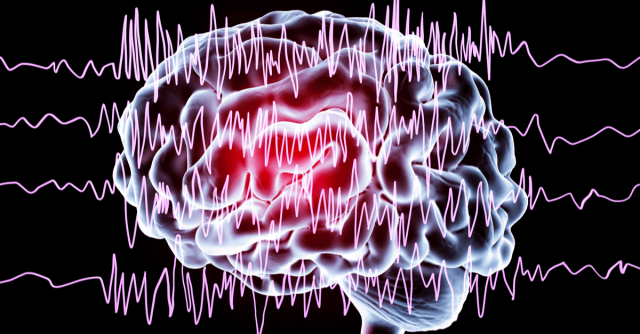On or about 15 December 2016, a troll sent a seizure-inducing GIF via Twitter to an epileptic journalist, Kurt Eichenwald.
The alleged troll, John Rayne Rivello, was indicted for aggravated assault for allegedly triggering an epileptic seizure that caused a complete loss of Eichenwald’s bodily functions and mental faculty and impaired the author, mentally and bodily, for several months.
Last week, three years after the attack on Eichenwald, Rivello was scheduled for a court hearing (which was postponed). He’s expected to plead guilty.
And three years later, during National Epilepsy Awareness Month in November, an army of trolls carried on the assaults, taking over the Epilepsy Foundation’s Twitter handle and hashtags to attack anybody who’s following, the foundation said on Monday:
The attacks, which used the Foundation’s Twitter handle and hashtags to post flashing or strobing lights, deliberately targeted the feed during National Epilepsy Awareness Month when the greatest number of people with epilepsy and seizures were likely to be following the feed.
The foundation says it’s filed formal criminal complaints with law enforcement that describe what it says is a series of attacks on its Twitter feed that are similar to the kind launched against Eichenwald. Eichenwald has said that he received dozens of flashing tweets after the initial attack, and that the FBI was informed of them all.
Jacqueline French, M.D., chief medical and innovation officer of the Epilepsy Foundation and professor of Neurology at NYU Langone Health’s Comprehensive Epilepsy Center, says that while not many people are susceptible to these types of seizures, the results can be severe. Some people aren’t even aware that they’re susceptible until it happens, she said:
Flashing lights at certain intensities or certain visual patterns can trigger seizures in those with photosensitive epilepsy. While the population of those with photosensitive epilepsy is small, the impact can be quite serious. Many are not even aware they have photosensitivity until they have a seizure.
The attacks are particularly vile, given the vast reach of Twitter – like a terrorist attack, they’re designed to target as many people as possible. The organization’s director of legal advocacy, Allison Nichol:
These attacks are no different than a person carrying a strobe light into a convention of people with epilepsy and seizures, with the intention of inducing seizures and thereby causing significant harm to the participants. The fact that these attacks came during National Epilepsy Awareness Month only highlights their reprehensible nature.
The foundation told CNET that it counted at least 30 such attacks. It’s not clear how many people were affected.
A Twitter spokesman told CNET that the platform is committed to making Twitter safer by offering the option of preventing media from autoplaying in users’ Timelines and barring GIFs from appearing when someone searches for “seizure” in GIF search.
If Twitter determines accounts are dedicated to causing offline harm, they will be permanently suspended. We’re exploring additional options to help protect the people on Twitter from this type of abuse.
How to turn off autoplay on Twitter
This is a rather tucked-away setting. Here’s how to find it on desktop browsers:
- Log in to Twitter
- In the left sidebar, select More
- Select Settings and Privacy
- In the General section, select Data usage
- In the Autoplay section, select Never
In the Twitter mobile app:
- Tap on the Your profile icon
- Select Settings and Privacy
- In the General section, select Data usage
- In the Autoplay section, select Never

